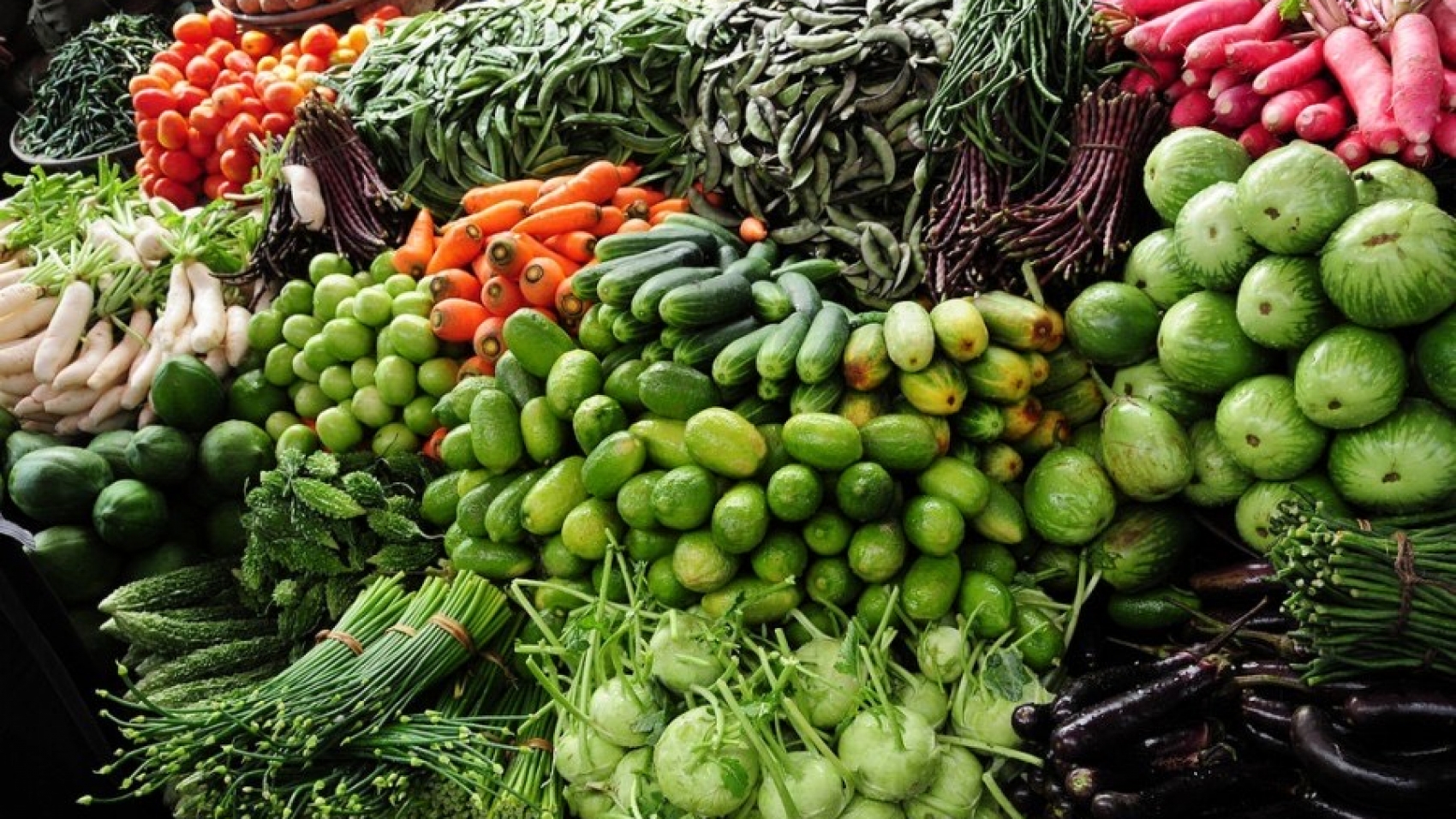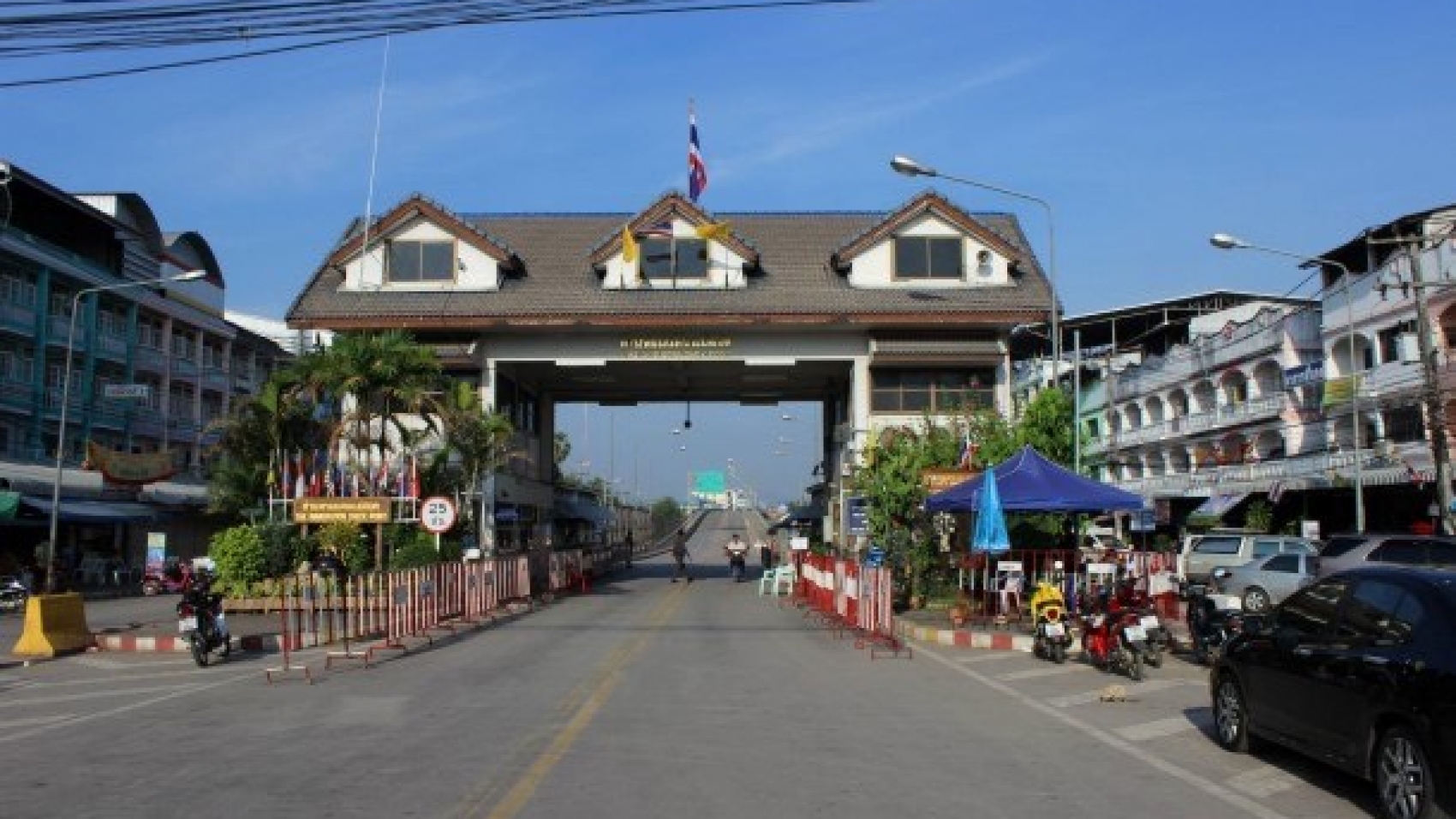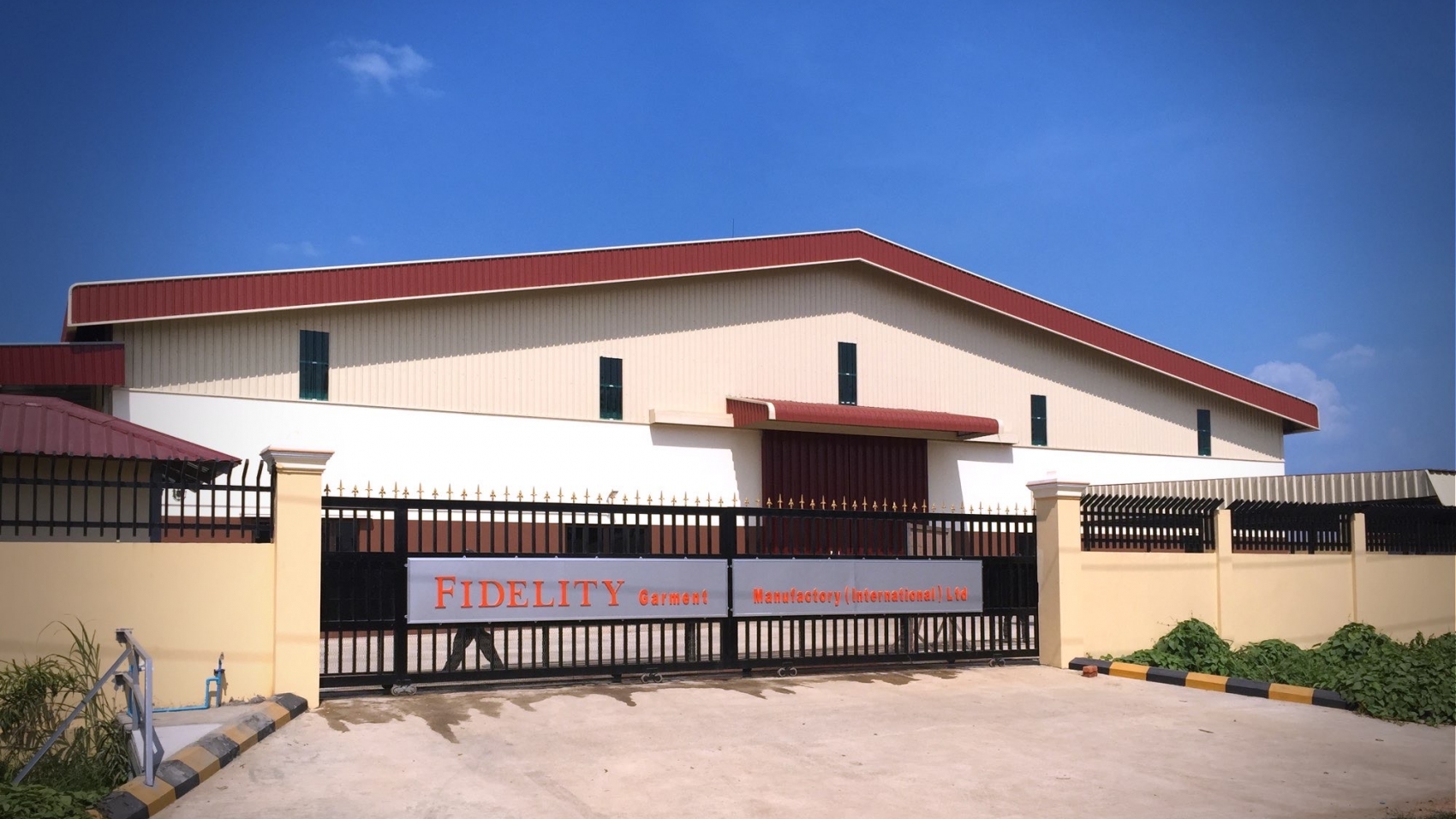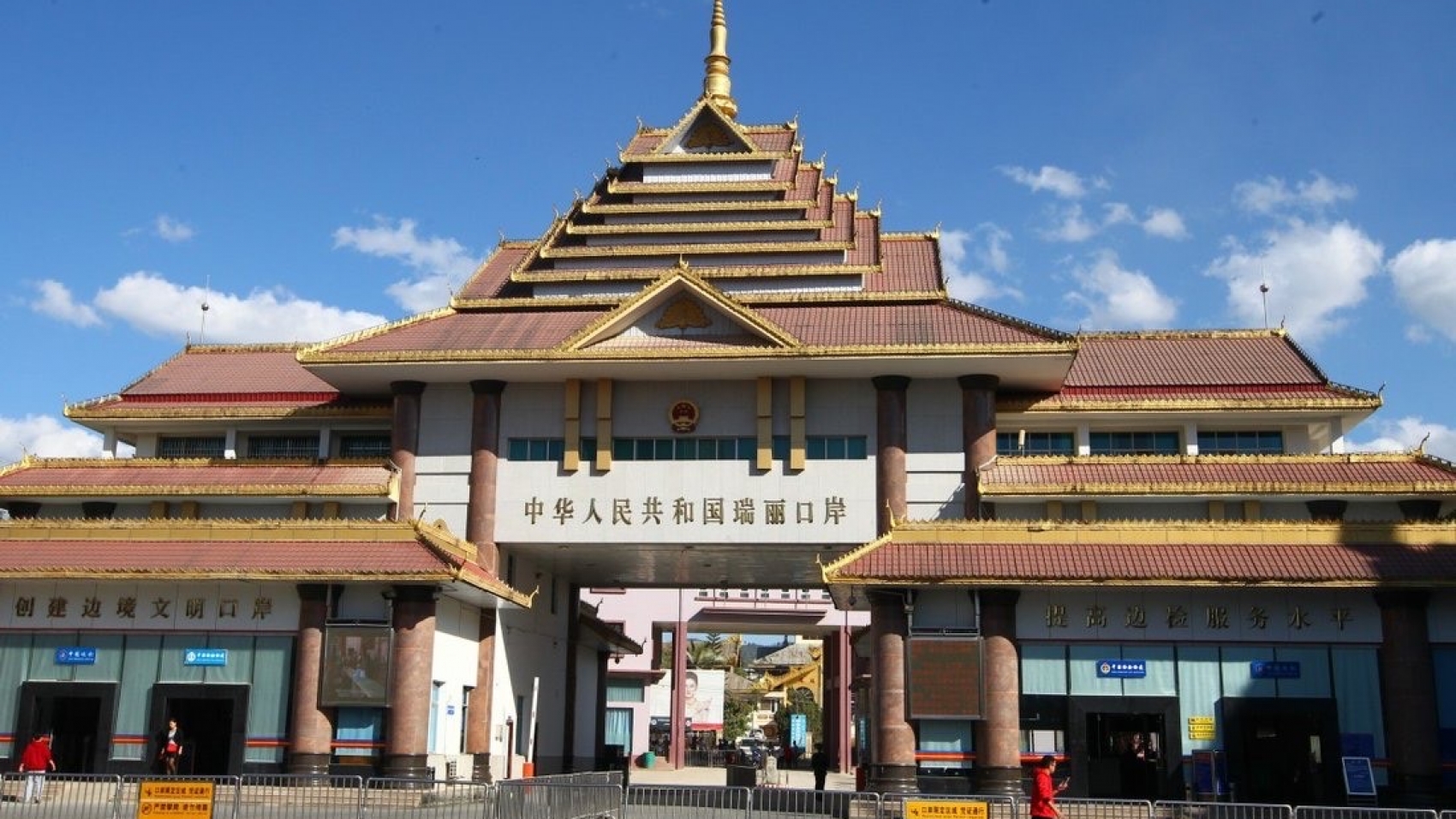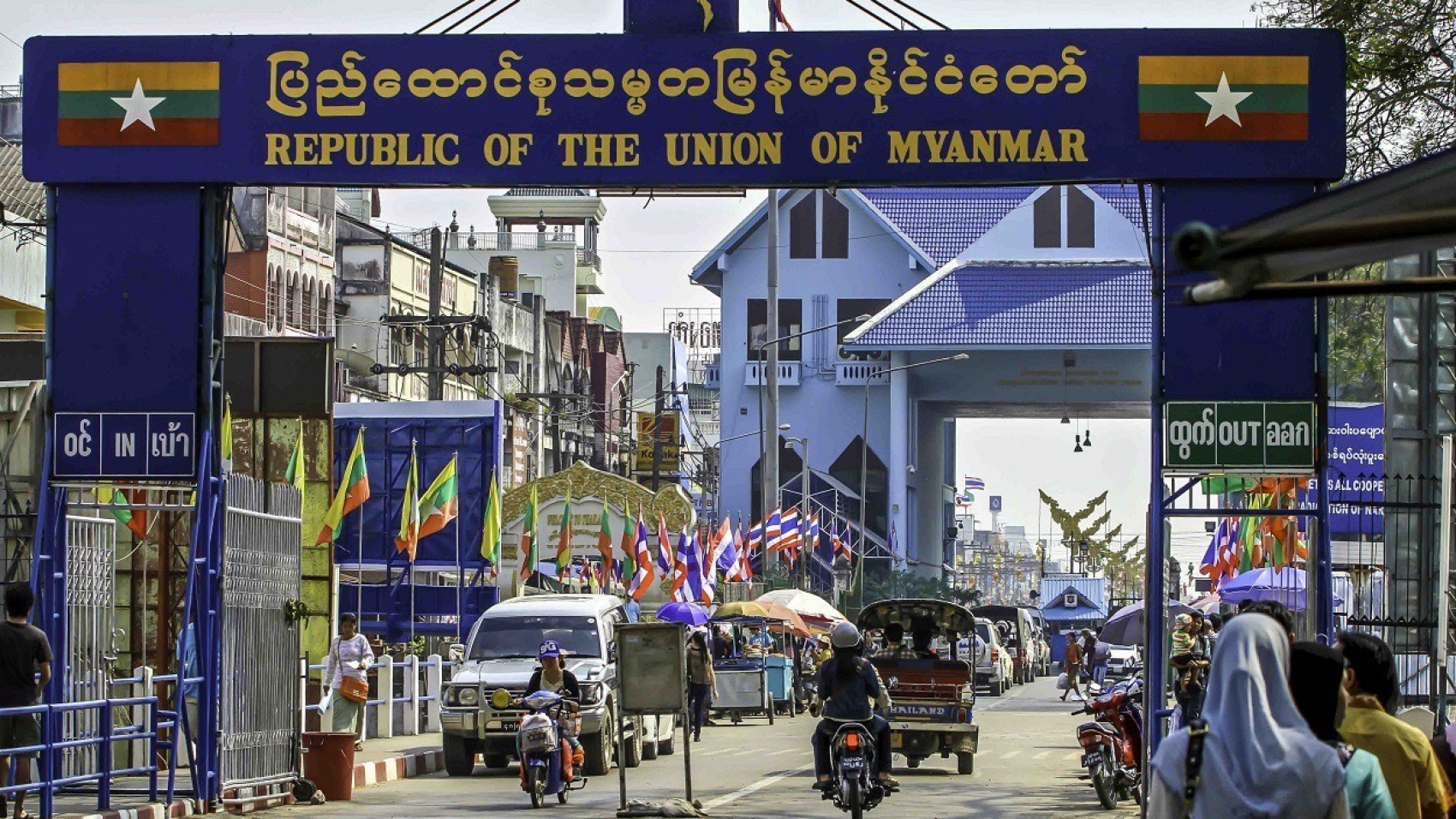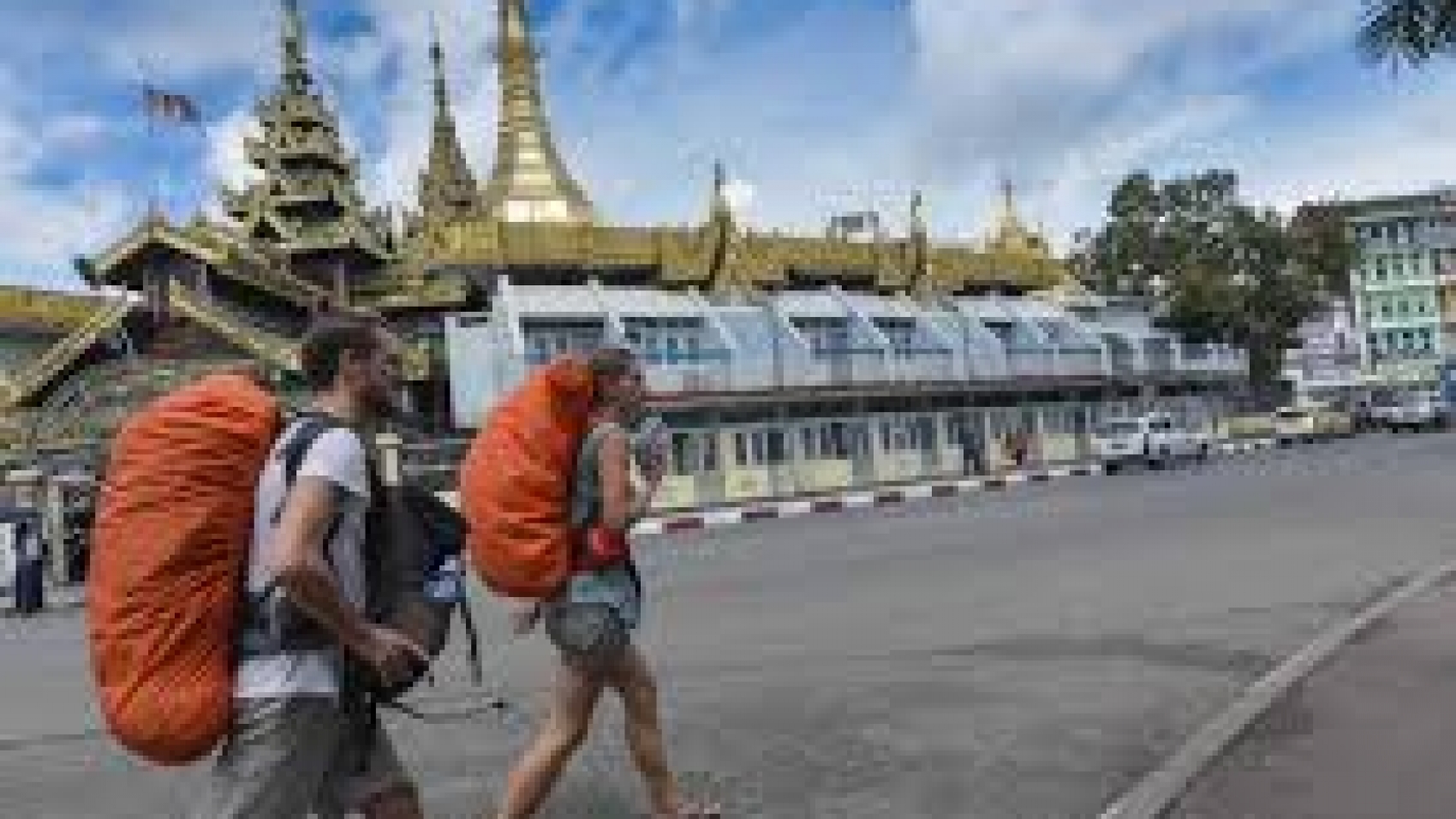Myanmar’s Muse border trade came to a standstill following the closure of the Man Wein border checkpoint triggered by the detection of the coronavirus cases in the border area, according to the Muse Rice Wholesale Centre. A Myanmar citizen who tested positive for COVID-19 was found in Kyalgaung precious stone market on 29 March. It prompted China to restrict border access at the Man Wein checkpoint, a major border crossing between Muse and Kyalgaung areas. Over 180 trucks from Myanmar struck in Kyalgaung, Yunnan Province were allowed to depart on 11 April, said Muse traders. Man Wein post has been closed down since 12:30 pm of 30 March. Man Wein is the important cross-border pointbetween Myanmar and Ruili, China.
Following the detection of coronavirus case in Kyalgaung border, the Ruili-Kyalgaung river crossing is also closed. The coro-navirus tests and vaccination are now offered in Kyalgaung, Vice-Chair U Min Thein of the Muse Rice Wholesale Centre elaborated. Consequently, there is no trade flowing in and out of the country via the Muse-Man Wein border, and Myanmar’s Muse border came to a halt. Howev-er, Kyinsankyawt and Wan Ding posts give the green light to over 400 watermelon trucks. Before the Man Wein check-point closure, Myanmar daily sent about 2,000 tonnes of rice and 40,000 broken rice bags to China. This Man Wein post plays a pivotal role in trading between Myanmar and China.
Myanmar exports rice, broken rice, onion, chilli pepper, pulses and beans, food commodities and fishery products to China. In contrast, electrical appliance, equipment, medical device, household goods, construction materials and food products are imported into the country via Man Wein. Before the COVID-19 pandemic, about 500 trucks were daily flowing in and out of the Myanmar China border Man Wein. At present, Man Wein post remains closed amid the height-ened coronavirus containment measures. The closure of the Man Wein checkpoint wreaked havoc on the Muse trade. Trade value through the Muse land border plummeted to US$2.47 billion between 1 October and 2 April in the current financial year 2020- 2021 from $2.6 billion recorded in the corresponding period of last FY, the Ministry of Commerce’s data showed.
Source: The Global New Light of Myanmar


